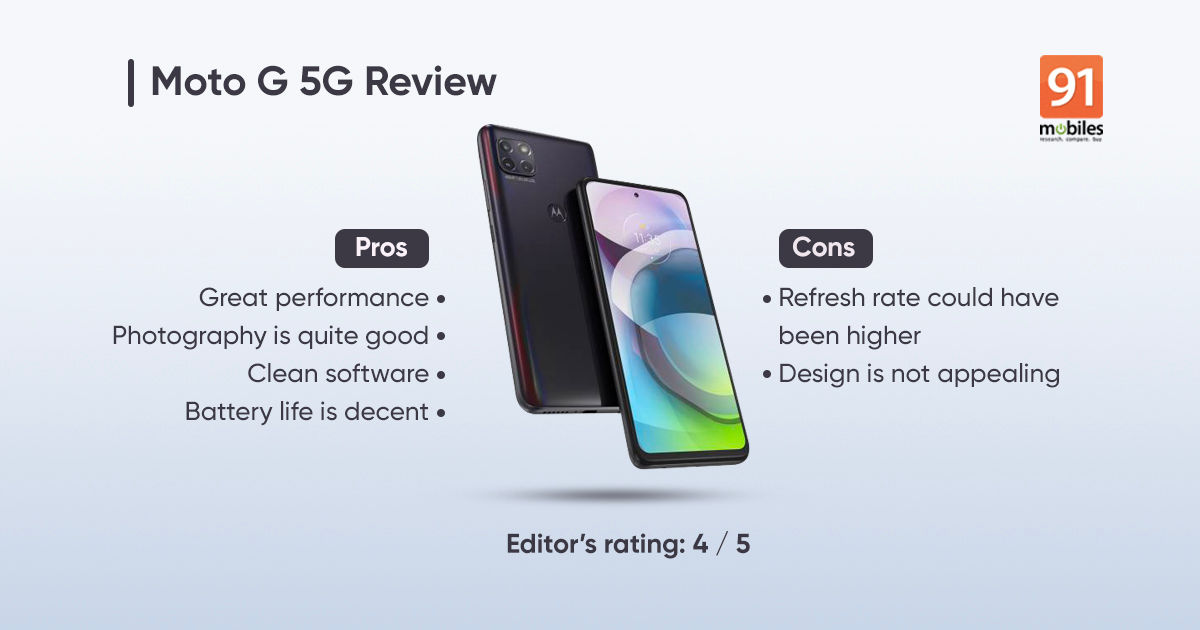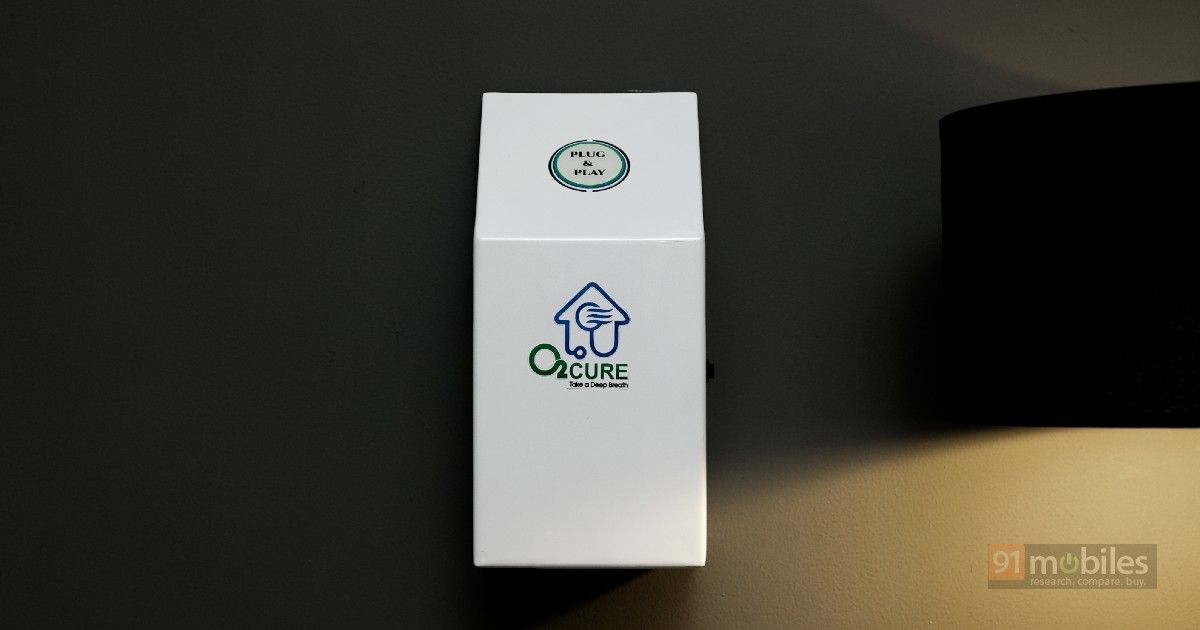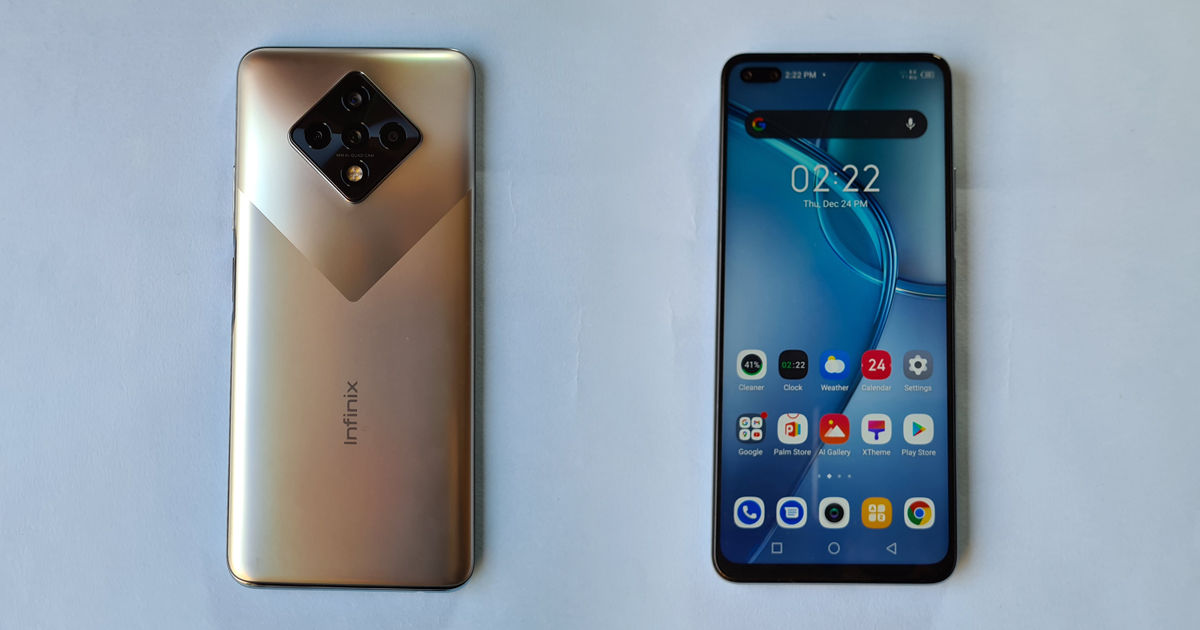Realme X7 Max review: a compelling smartphone for its price

Realme’s last venture into the affordable flagship space was with its Realme X50 Pro (review), a smartphone that came at a time when OnePlus’ popularity in this segment was pretty high. In fact, last year’s Counterpoint report showed OnePlus as having the highest market share in India for devices that were priced at Rs 30,000 or more.
However, a lot of water has flown under the bridge since then. I believe that the tide has changed with new players emerging in the game, with smartphones like the IQOO 7 (review) series and Xiaomi’s Mi 11X (review) lineup adding to the slew of options. Recently Realme’s X7 series walked the fine line between an upper mid-range smartphone and an affordable flagship smartphone, with the X7 Pro (review) standing out with what it brought to the table. The MediaTek Dimensity 1000 SoC-powered device had some of the best features you could hope for in a sub-Rs 30,000 smartphone. Now the Chinese smartphone giant has announced the Realme X7 Max that packs in the new Dimensity 1200 SoC, and all initial reports point towards a substantial jump over the previous chipset. At Rs 26,999, is the Realme X7 Max the new affordable flagship smartphone to beat? This detailed review will shed some light on it.
Table of Contents
Verdict
It is quite easy to see that the Realme X7 Max scores high in almost every aspect of an affordable flagship experience. Its camera capabilities are top-notch, as is the performance delivered by the new MediaTek Dimnesity 1200. Plus, factors like software improvements, fast charging and a very good display all contribute towards making the X7 Max solid value for money.
Design and display
It’s apparent that Realme has been investing time to refine the design language of its devices and has been listening to user feedback. For example, the X7 Pro had a massive “DARE TO LEAP” logo splashed across the back which many, myself included, considered a little distasteful. The device also harboured a substantially glossy polycarbonate back which did exude premium-ness but also acted as a fingerprint magnet. Realme has rectified both the problems in the X7 Max while still retaining a supremely light in-hand feel. The previously ostentatious “DARE TO LEAP” branding has been shrunken down to a comparatively minuscule box present inside a glossy strip while the rest of the body uses a matte finish. I quite like the look of the device and the Mercury Silver colour adds a bit of panache to the overall design. The rest of X7 Max’s back panel is pretty similar to the X7 Pro. This includes the rectangular camera housing with the LED flash module although the X7 Max has a triple-lens setup as opposed to quad cameras on the X7 Pro. The sloping edges across the X7 Max’s side merge seamlessly with the frame and provide for good grip. The USB-C port, speaker grille and 3.5mm headphone jack are placed on the bottom and the earpiece at the top doubles up as a secondary speaker to provide stereo sound. There is little doubt in my mind that the X7 Max will appeal to most users with its thin, light, and well-rounded design elements.
As impressive as it is from the back, the front of the X7 Max is also something to behold. Not that Realme hasn’t made strides in the display department before, but with the X7 Max, Realme is rubber-stamping it with the mantra of quality. The 6.43-inch Super AMOLED panel with FHD+ resolution is a near carbon copy of the X7 Pro’s panel but with a few tweaks and enhancements. Instead of the 240Hz touch sampling, the X7 Max gets 360Hz for faster touch recognition that will surely help when the highly anticipated title Battlegrounds India makes its way into the country. The 120Hz refresh rate remains the same and works as flawlessly as it had done before.
The vibrancy, colour accuracy and deeper blacks of the Super AMOLED panel, combined with the high refresh rate make for some of the most fluid viewing experience on a smartphone. Realme claims a 100 percent DCIP3 colour gamut coverage and the OSIE visual effect toggle helps in boosting colours for more vivid video. Apart from that, you get the standard display customisation options of changing screen colour temperature, adjusting refresh rate, customising the always-on theme, toggle dark mode and more. The punch hole on the top right of the display is as unobtrusive as can be and the 1000nits of peak brightness allows for very good sunlight legibility. Of course with such high display metrics, HDR10+ certification and Widevine L1 comes by default for high-res OTT platform content. It goes without saying that for its price, there appear to be very few who can best the X7 Max’s viewing experience.
Cameras
The Realme X7 Max has a triple-camera setup as part of its optics on the back and a single lens in the punch-hole upfront. The primary camera uses the 64MP Sony IMX 682 sensor, the very same one used across a variety of Realme phones. As a daylight shooter, the Realme X7 Max takes slightly oversaturated shots that are full of detail and have excellent dynamic range. Shutter speeds are fast, as is the focus which can change dynamically as the sensor detects a moving subject. The large sensor size allows for a shallow depth of field when taking close up shots that will sometimes negate the use of portrait mode.
Realme has also included something called the multi-frame synthesis algorithm that can upscale 64MP hi-res shots to 108MP shots. These allow one to crop in further than the pixel-binned 16MP shots, but there is no drastic improvement in detail. As for the 8MP ultra-wide shooter, the photos are quite rich in colours and even the focus is quite sharp across the frame. There is also minimal warping around the edges and the dynamic range shows consistency in varied lighting conditions. The macro shooter also had me impressed with its fast focus speeds for close-up objects along with a healthy amount of detail being captured when the lighting is right.
Low-light photography is also a strong suite for the Realme X7 Max and I was particularly impressed with how natural the shots looked when the dedicated Night Mode was used. The standard low light shots showed a slightly bluish hue depending on the external lighting, but in general details and shadows were brought out quite well. However, the Night mode worked like magic with a substantial reduction in noise, giving colours a more natural vibrancy and handling exposure quite well. I have been a fan of Realme’s low-light photography over the last year but I really feel that the X7 Max takes the cake. You get a 16MP selfie shooter that takes accurate pictures while slightly masking facial features. The portrait mode works quite well on the front camera with intelligent edge detection around my hair.
Performance and software
The Dimensity 1200 is MediaTek’s redemption in the flagship chipset space. It comes as a new player in the mobile silicone market that can trade blows with Qualcomm, Samsung and Apple at the very top of the performance pedestal, to some extent. Realme X7 Max is the first phone to be powered by the chipset and boy does this phone fly. The 6nm chipset has four efficiency cores and four performance cores of which one the Cortex A78 CPU spins at 3.0GHz. Benchmarks paint a picture of smooth performance with Antutu V9 spitting out an overall score of 708,871. On Geekbench 5 as well, the phone logs high single-core and multi-core scores of 968 and 3,327.
The X7 Max is nothing short of spectacular in terms of the fluidity offered in the UI. In basic terms, every single activity you can conceive of doing on a smartphone will be performed with maximum efficiency. App switching, continuous multitasking, editing videos, running several Chrome tabs at once and heavy GPU-intensive gaming don’t stress the phone for a second. Thanks to the 12GB of RAM (in the variant I have received), you can keep a bevvy of applications running in the background… while the UFS 3.1 storage gives incredible read/write speeds. I gave Call of Duty Mobile a spin on the device and was not surprised to see the title running at the highest possible graphics and frame rate settings. Even after nearly an hour of gaming, there was barely a stutter with the frames and the device maintained a very stable temperature throughout.
Other features also complement the X7 Max’s blazing performance, including the fast in-display fingerprint scanner along with an equally quick face authentication system. Connectivity options on the phone include Wi-Fi 6 support and Bluetooth 5.1. Like several other phones in its price range, the Realme X7 Max also has 5G capabilities. As a matter of fact, the phone has s 5G + 5G Dual SIM Dual Standby along with a dual-channel acceleration feature that can switch between Wi-Fi and 5G based on higher speed. The Dolby Atmos stereo speakers work quite well and can be heard crisply at full volume without any unnecessary distortion. If that doesn’t suit your fancy then the 3.5mm headphone jack supports Hi-res audio provided you have compatible earphones.
As for the software, the trusty RealmeUI has not been a disappointment since its inception two years back and I don’t see why it should be any different with the Realme X7 Max. Based on Android 11, the latest RealmeUI 2.0 is highly customisable down from its icon packs to the overlying theme across the interface. Realme claims improved utilisation of system resource that provides up to 30 percent increase in speed. While I can’t test this claim through reliable metrics, the fact is that the X7 Max’s interface is buttery smooth with negligible lag. You can also find a few nifty features hidden in the Realme Lab setting, such as Smooth Scrolling and Sleep Capsule. Realme has also been very reliable with its software updates as well, so expect an upgrade to Android 12 quite soon. If the company can resolve its bloatware problem, I would easily recommend RealmeUI as a great alternative to the standard clean stock Android solution.
Battery
To complete the package you get a 4,500mAh battery that has the support for 50W SuperDart charge. While we live in an era of 7,000mAh cells powering phones, the Realme X7 Max will last you a considerable time even with its smaller battery capacity. The Dimensity 1200 shows its power efficiency, and netted me a very healthy 6-6.5 hours of screen on time. My usage was capped at 75 percent screen brightness and refresh rate locked at 120Hz which makes this number all the more impressive. If you are running out of juice, Realme’s super-fast 50W charging will crank up the battery by 50 percent in just 16 minutes while a full charge will take about an hour.
Final verdict
The Realme X7 Max is really a wholesome device with very few, if any, niggles in the overall smartphone experience. Also, the X7 Max’s starting price of Rs 26,999 makes it one of the most affordable flagships in the market. Competitors like the IQOO 7 and Mi 11X are also extremely good choices in this price range, but things come down to individual preference. If you happen to be a mobile gaming enthusiast, then the IQOO 7 should better suit your needs. For an exquisite design and display the Mi 11X is an impressive buy, but you would be compromising on the cameras. The Realme X7 Max is a best of both worlds scenario. It has the backing of extreme performance along with a pleasing design, and a set of cameras which, in my opinion, can be termed as the best in its segment. I truly believe that the Realme X7 Max gives the smartphone giant a very good foothold over the emerging affordable flagship market.
Editor’s rating: 4 / 5
Pros:
- Superlative performance
- Light and trendy design
- Capable cameras
- Good software experience
Cons:
- Bloatware
- Lacks expandable storage







